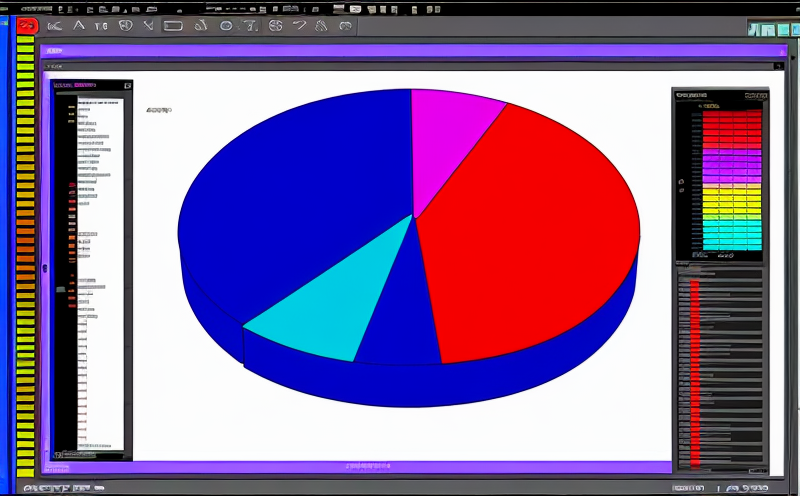ASTM E794 Melting and Crystallization Temperatures by Thermal Analysis
The ASTM E794 standard provides a method to determine the melting temperature Tm and crystallization temperature ) and crystallization (). The test protocol specifies a precise heating rate, typically 10°C/min, which ensures consistent results across different laboratories.
Sample preparation for ASTM E794 testing includes ensuring the sample is homogeneous and free from contaminants. This may involve grinding the material into small particles or pellets to ensure uniform heating throughout the sample. The sample should also be dried to remove any moisture content that can affect the heat flow measurements.
The instrumentation used in this thermal analysis involves a differential scanning calorimeter (DSC). This device measures the difference in heat flow between an empty reference sample and the test sample as they are heated at a constant rate. The temperature dependence of the heat flow provides critical information about phase transitions within the material.
ASTM E794 is widely used in various sectors, including plastics manufacturing, pharmaceuticals, and polymer research. By determining and , manufacturers can optimize processing conditions to improve product quality and reduce energy consumption during production.
The accuracy of the results from ASTM E794 testing is paramount for ensuring compliance with international standards and industry best practices. Laboratories adhering to this standard provide reliable, repeatable data that can be trusted across different applications.
Scope and Methodology
The scope of ASTM E794 encompasses the determination of melting and crystallization temperatures for semicrystalline polymers. This includes both thermoplastics and thermosets that exhibit a distinct melting point upon heating. The method is particularly useful for materials where precise control over processing conditions, such as injection molding or extrusion, is required.
The ASTM E794 methodology involves subjecting the sample to a controlled heating rate in a differential scanning calorimeter (DSC). During this process, the heat flow difference between the reference and test samples is measured. This data is then analyzed to identify the onset of melting () and crystallization ().
The acceptance criteria for ASTM E794 testing are stringent, ensuring that results are accurate and reliable. Samples must be prepared according to specified protocols to ensure consistent test conditions. The heating rate is typically 10°C/min, which allows for precise determination of phase transition temperatures.
Customer Impact and Satisfaction
The ASTM E794 method plays a crucial role in enhancing customer satisfaction by ensuring that products meet the required specifications. By providing accurate melting and crystallization temperature data, laboratories using this standard can help manufacturers optimize their production processes. This leads to improved product quality, reduced waste, and lower production costs.
Customers who rely on ASTM E794 testing for compliance with international standards benefit from increased confidence in the materials they use. This trust is essential for maintaining a competitive edge in the global market. Laboratories that adhere to this standard are also recognized for their expertise, which can enhance their reputation and attract more clients.
The precision of ASTM E794 results directly impacts customer satisfaction by providing consistent and reliable data. This enables customers to make informed decisions about material selection and process optimization, leading to higher-quality products and satisfied end-users.
Use Cases and Application Examples
| Application Example | Description |
|---|---|
| Polyethylene Injection Molding | Determine the optimal processing temperature to minimize warping and maximize strength. |
| Nylon Extrusion | Identify the melting point for precise control of extrusion speed and temperature. |
| Polypropylene Film Manufacturing | Ensure consistent crystallinity in the film to achieve desired mechanical properties. |
| Polyester Fiber Production | Optimize processing conditions to enhance fiber quality and yield. |
| Thermosetting Polymer Curing | Determine the curing temperature for thermosetting polymers like epoxies or urethanes. |
| Pharmaceutical Drug Manufacturing | Ensure consistent crystallinity of active pharmaceutical ingredients (APIs). |
| Biochemical Research | Analyze the thermal behavior of biopolymers for drug delivery and tissue engineering applications. |
The ASTM E794 method is versatile, applicable across various industries. By accurately determining melting and crystallization temperatures, laboratories can provide valuable insights that enhance product performance, reduce waste, and optimize production processes.





